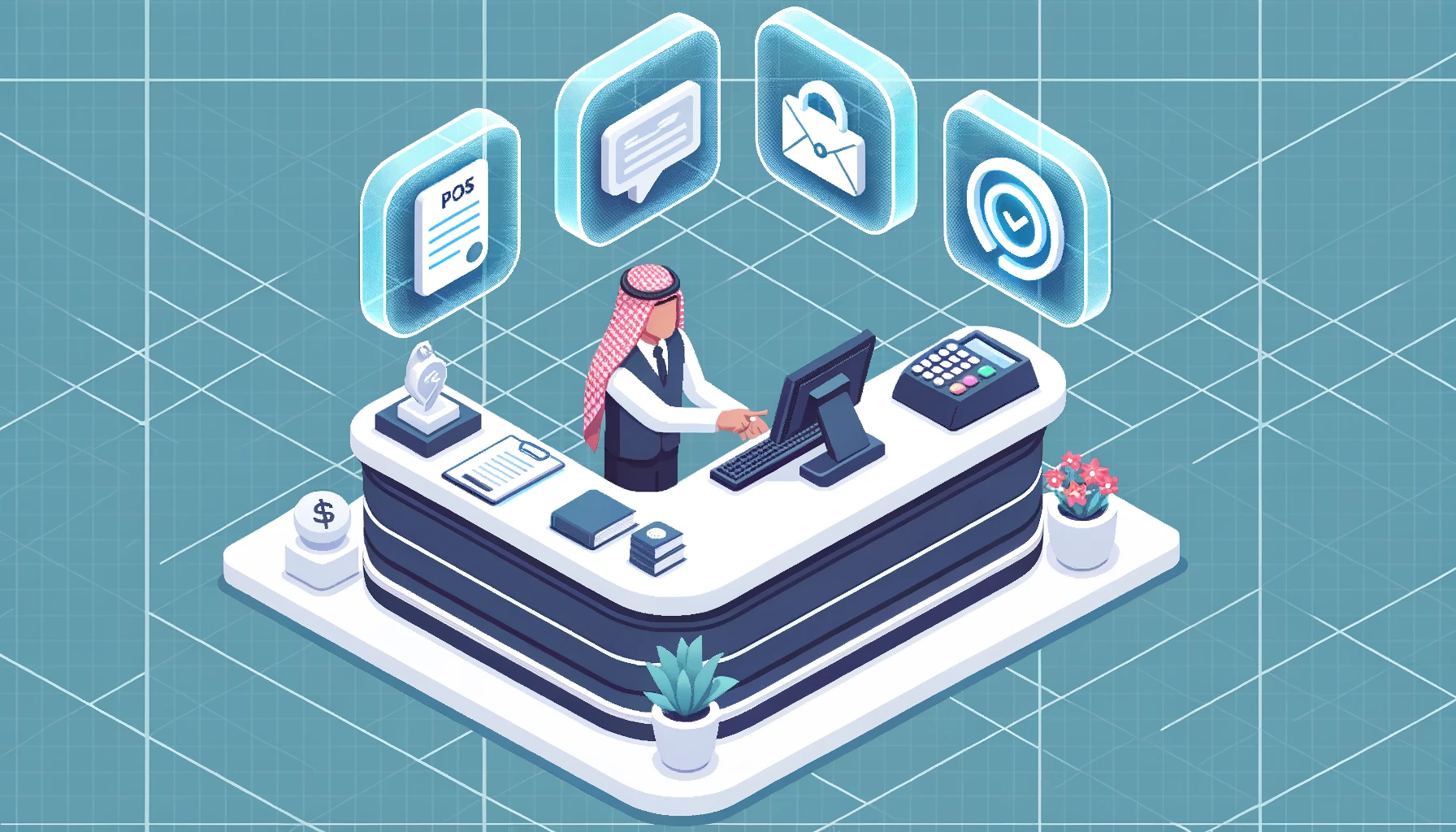POS Tools That Make Employee Scheduling Easier

Running a coffee shop or restaurant smoothly depends on more than just good food and friendly service. Behind the scenes, one of the biggest challenges managers face is employee scheduling. Without proper planning, you risk being understaffed during busy hours or overstaffed during slow periods, both of which affect your bottom line and customer satisfaction.
Thankfully, modern Point of Sale (POS) systems offer more than just transaction processing—they come packed with smart tools to simplify staff management and streamline scheduling. Let’s explore how POS tools can make employee scheduling easier and more efficient for your café or restaurant.
1. Integrated Scheduling Features
Many POS systems now include built-in employee scheduling modules. These tools allow managers to create, update, and publish schedules directly within the POS interface. Because everything is centralized, there’s no need for external spreadsheets, separate scheduling software, or manual timecards.
With intuitive drag-and-drop interfaces, you can quickly build weekly schedules, assign shifts, and make changes on the fly. Staff members can also view their schedules in real-time, reducing miscommunication and no-shows.
2. Real-Time Labor Cost Insights
Efficient labor management starts with understanding labor costs. POS systems track your sales in real time and compare them with labor expenses, giving you immediate insight into whether you’re over- or under-staffed.
This data empowers you to make informed scheduling decisions based on actual business volume. For example, if your coffee shop typically experiences a midday slump, your POS might alert you that fewer staff are needed during that window. This helps reduce unnecessary labor costs and keeps your scheduling lean and efficient.
3. Availability and Time-Off Requests
Handling time-off requests and employee availability is one of the biggest headaches in scheduling. POS systems with staff management tools often include a self-service portal where employees can submit availability, request time off, or swap shifts.
Instead of juggling texts, phone calls, or sticky notes, you can approve or deny requests directly in the POS system. The software will then flag any conflicts when building the schedule, helping you avoid double-bookings or under-coverage.
4. Shift Swapping and Notifications
An employee calls in sick—now what? With traditional scheduling methods, you’d be scrambling to find coverage. POS systems simplify this process with automated shift-swapping tools. Employees can request shift trades or covers through the system, and managers can approve or decline them with a click.
Most systems also send automated notifications to staff when the schedule is published or changed. This ensures everyone is on the same page and reduces confusion or last-minute no-shows.
5. Time Tracking and Payroll Integration
A modern POS system can do more than schedule staff—it also tracks when employees clock in and out. This time tracking is automatically matched with the schedule, so you can easily monitor attendance, tardiness, and overtime.
Some systems integrate directly with your payroll software, making it easier to process wages without manually transferring time sheet data. This not only saves time but also reduces payroll errors that can hurt morale or result in legal issues.
6. Forecast-Based Scheduling
Advanced POS platforms use sales and foot traffic data to predict your busiest times. With this forecasting feature, you can automatically schedule more employees during peak hours and reduce shifts during quieter periods. This type of data-driven scheduling leads to better coverage, happier customers, and more efficient labor use.
For example, if the POS shows that your coffee shop has a rush between 7:30 and 9:00 AM every weekday, it will suggest adding extra baristas during that time block.
Final Thoughts
Efficient employee scheduling is crucial for maintaining a balanced workflow and delivering great customer service. Using a POS system with built-in staff management features not only simplifies the scheduling process but also gives you valuable insights into labor costs, performance, and efficiency.
Whether you’re running a small café or a busy restaurant, modern POS tools take the guesswork out of scheduling and give you more time to focus on what matters most—your customers and your team.






